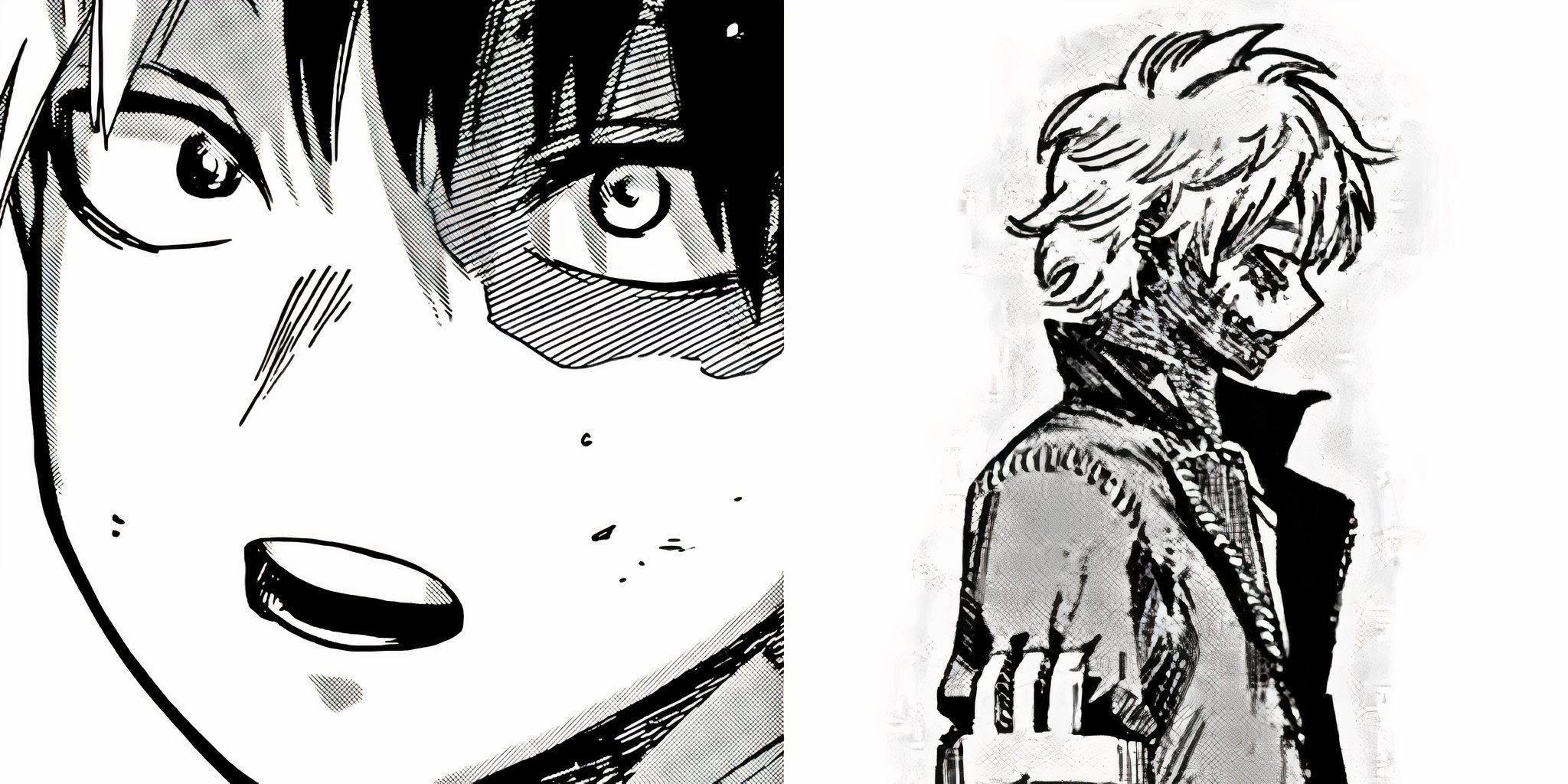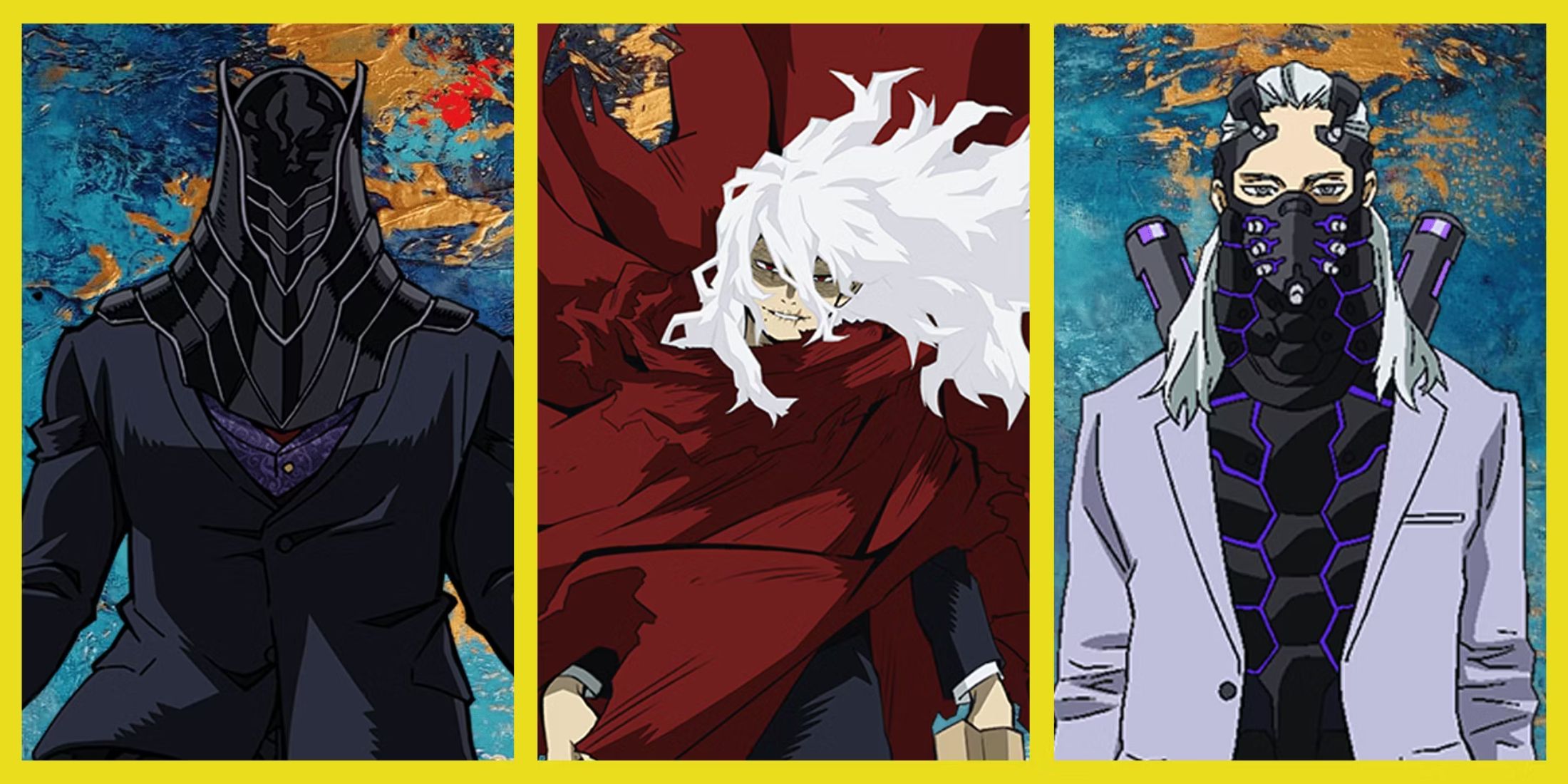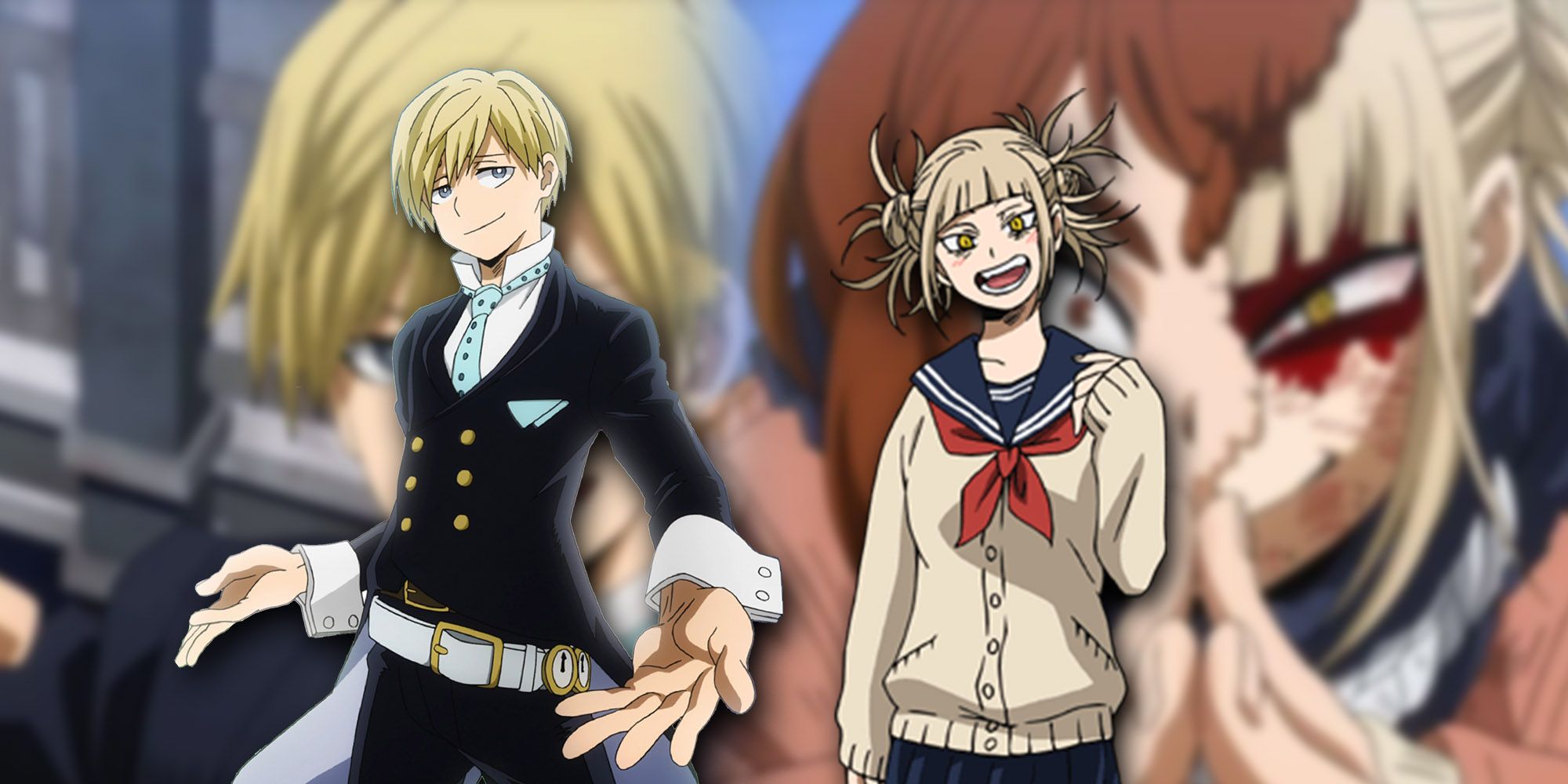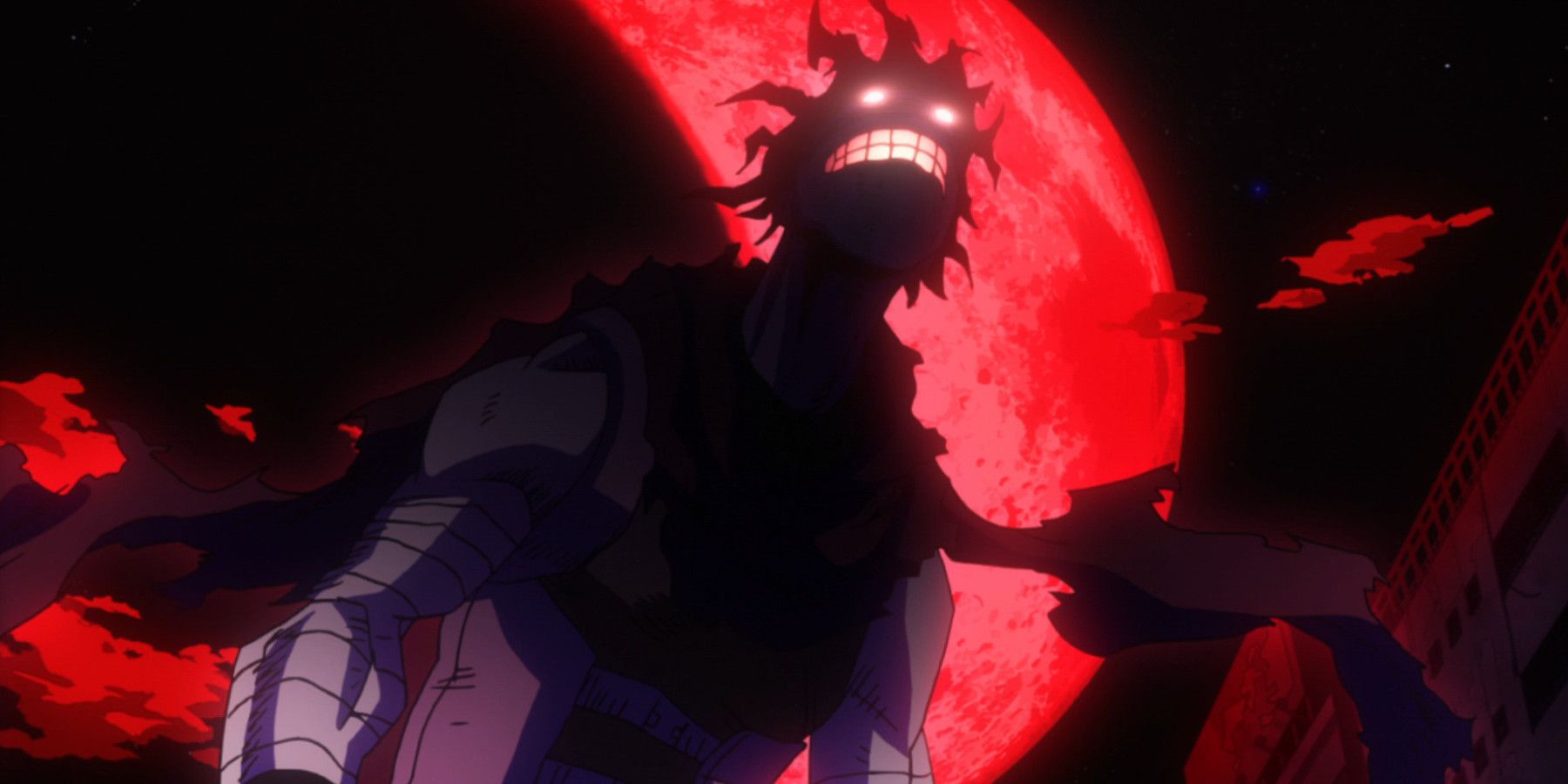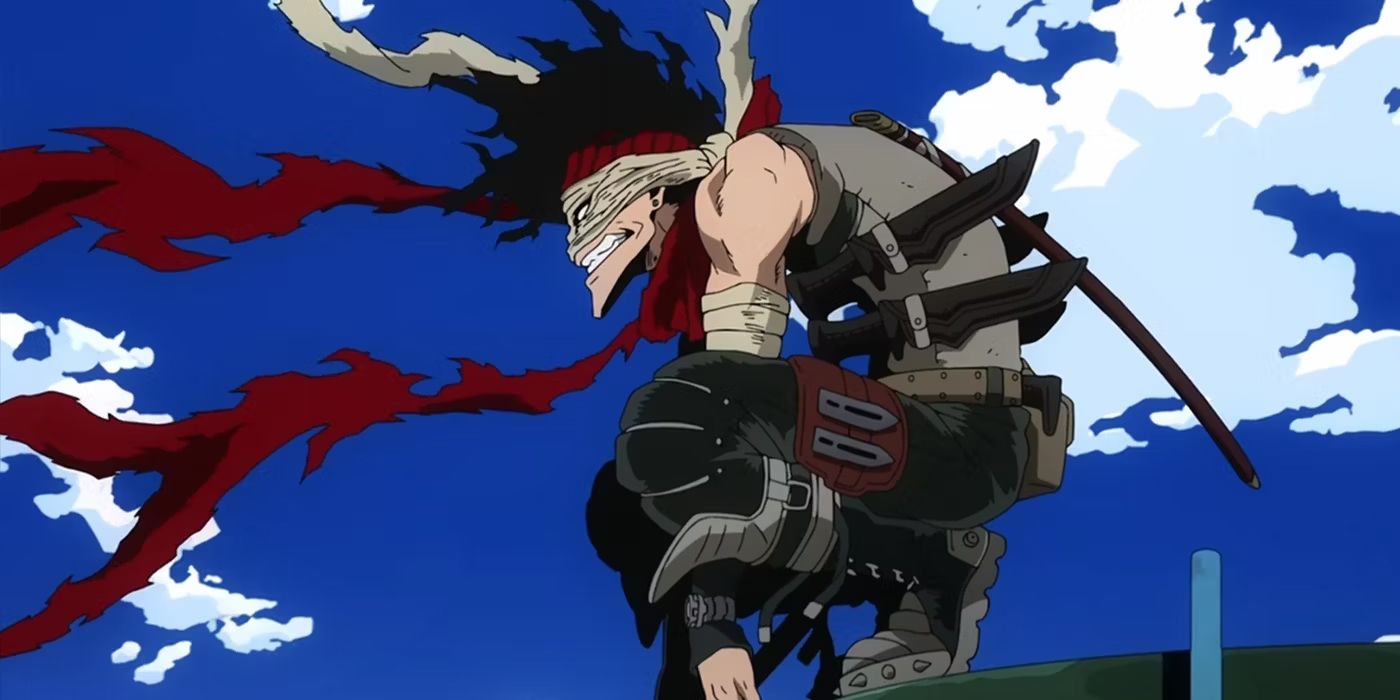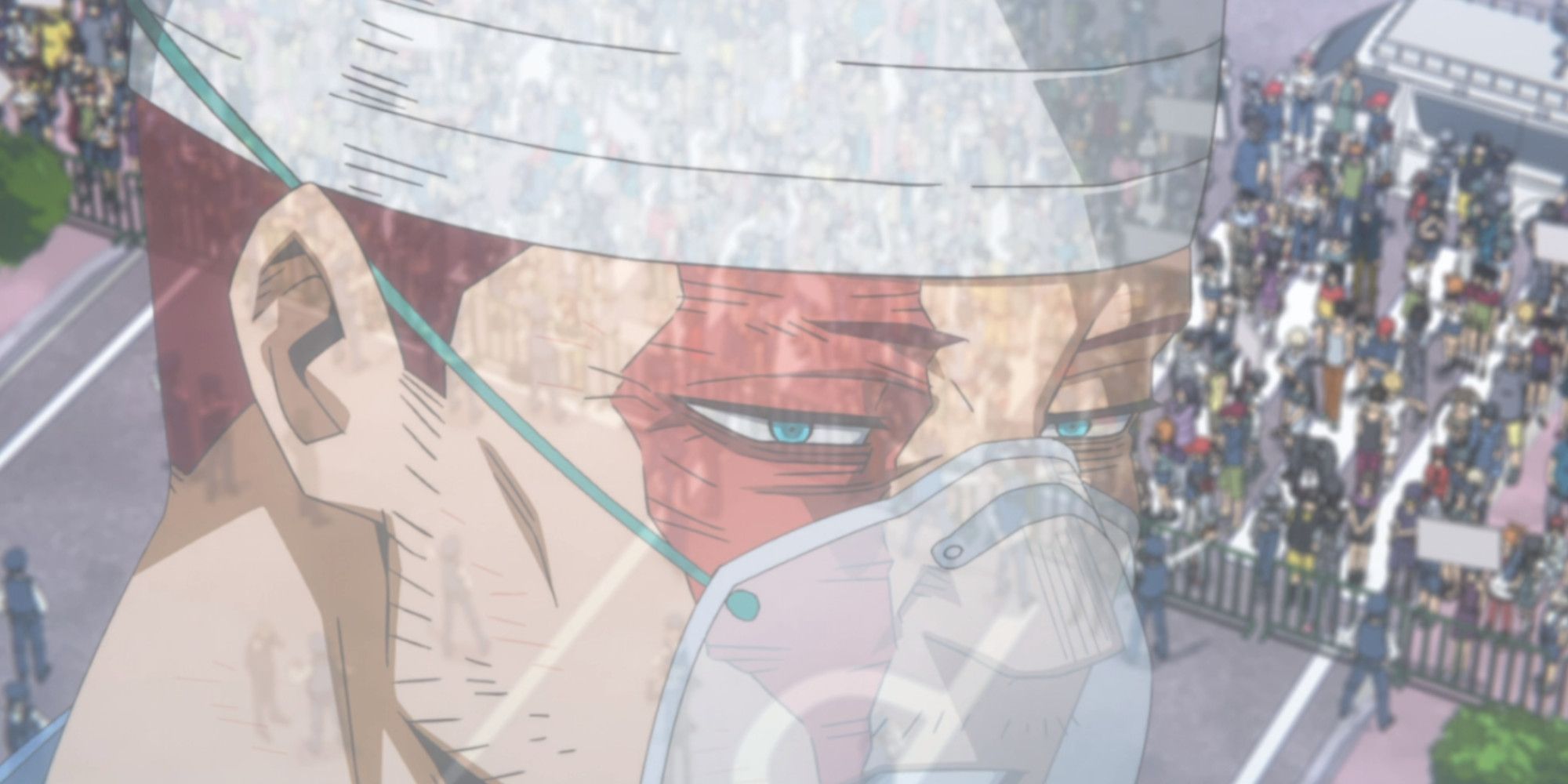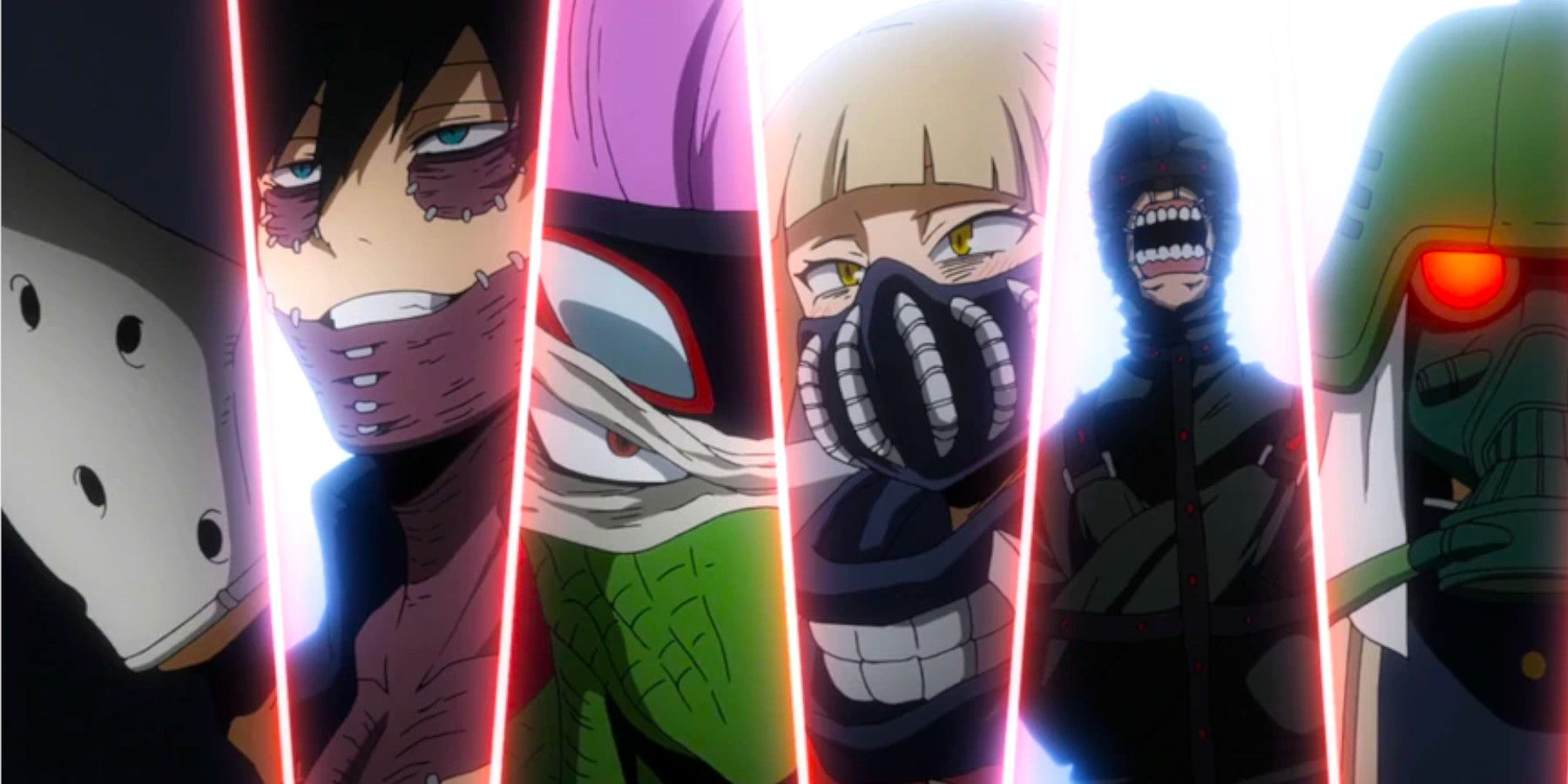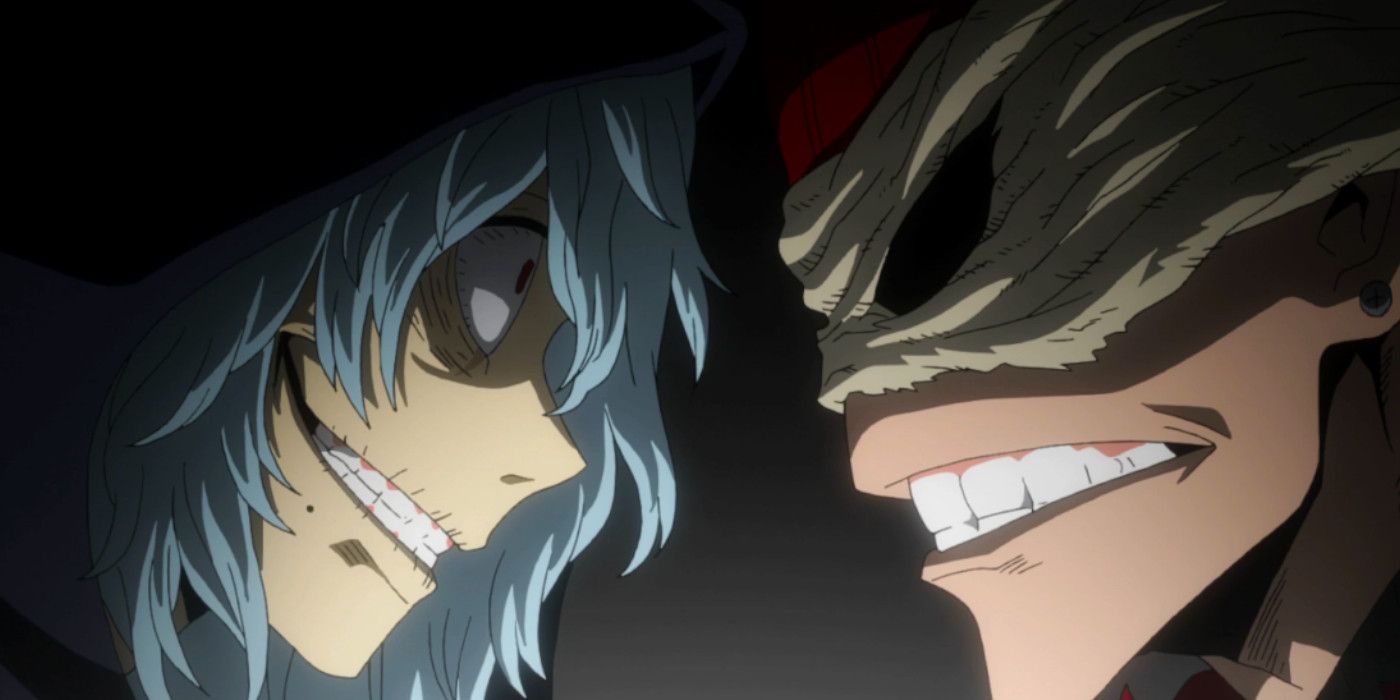The following contains spoilers for My Hero Academia Season 2 and Season 6, in addition to minor spoilers throughout the seasons in between.
For years, My Hero Academia has questioned the ethics of its superhuman society and whether such oversaturation and profitization of superheroism are deleterious to the ideals of heroism itself. Season 6 has seen this debate reach an all-time peak, but the root of it all goes all the way back to Season 2, with a fan-favorite antagonist who changed the game and then seemingly dipped.
Chizome Akaguro, also known as the Hero Killer: Stain, debuted in Episode 24 of the series in the aftermath of Deku and Shoto’s spectacular battle at the sports festival. He was the central antagonist towards the beginning of Season 2’s second cour, a vigilante who made a name for himself by killing pro heroes and even putting Iida’s older brother in the hospital.
A Turning Point
All of this comes at a time of great change in the story right as it’s coming down from the hype of its exhilarating tournament and immediately switching up the formula. With everyone in the class on internships, the students are leaving school for the first time and getting practical experience. Plus, after over 20 episodes of physical punishment, Deku finally has some control of his ability thanks to Gran Torino.
The mere introduction of “One For All: Full Cowling” is such an immense upgrade that the Deku before and after it are like night and day. Added to that, just about every character has grown from the tournament, so the change in environment helps solidify these character changes to the benefit of the pacing. But simultaneously, on a larger scale, the world and its politics begin to move in an exciting direction.
Stain’s arrival signals a colossal shift in the storytelling, from one that looks at superhuman society with envy through Deku’s eyes, to one that looks at it with skepticism. Not at first, though, the realization will hit as the seasons go on. For the moment, the audience is there for Iida’s quest to find Stain and get revenge for his brother’s assault.
But the more time spent with Stain, the more the audience gets the impression that he kills for a very particular reason, and that he distinguishes himself from labels like “hero” or “villain.” He views his killings as justice in their own right. By his own metrics, he would be an anti-hero, though his brutality alone gives him the air of a villain, complicating him further. He was one of the most interesting antagonists yet.
A World of Fakes
To Stain, the superhuman society they all live in is full of false heroes. When 80% of the population have quirks, and a large contingent of them use their quirks to become heroes professionally, the novelty of a superhero becomes just another job. This means many people become heroes not out of a desire to do good but to earn fame and money. It’s this greed that Stain finds so repulsive and contradictory.
But despite this hatred of superhuman society, he does have limits. He is selective with his targets and dislikes needless conflict that could be avoided. The only reason Stain even fought Iida was that Iida wanted revenge, which he saw as selfish and unbecoming of a hero. There’s a twisted irony to it; a murderer casting judgment on a young man who is understandably enraged by what was done to his brother.
Nevertheless, it shows that there is more to his ideology than a hatred of heroes. His code led to his fight against Iida just as it caused him to spare Deku because Stain believed he embodied the proper qualities of a hero. The public admires All Might as the #1 hero and Stain, too, shares in this admiration. Heroes should be held to All Might’s standards, and Stain’s crusade is built upon the belief that heroes fail to meet them.
It’s the very reason why he saves Deku when a Nomu tries to grab him, much to the chagrin of Shigaraki, who Stain was only barely cooperating with. After such a brutal yet heroic act, his condemnation of heroic society is given such weight by his frightening aura that everyone - even Endeavor - is frozen in place. And then Stain just… passes out from exhaustion. From beginning to end, his very presence is an earthquake.
The Ripple Effect
Stain was such a beloved antagonist that most viewers probably forget that he was only really there for about six episodes in Season 2. He showed up, immediately struck at the heart of one of the core cast members, questioned the very society at the foundation of the story, and then made some of the strongest characters terrified. And then throughout the next three and a half seasons, he was just gone.
But his influence certainly wasn’t. The episode immediately following Stain’s defeat introduced Shuichi Iguchi, or Spinner, who is effectively a Stain cosplayer following in his footsteps. Additionally, as civil unrest increases over the subsequent arcs and seasons, more and more characters begin to question this society. It’s as if the Hero Killer opened the floodgates.
The League of Villains, the true antagonists of the series, were very much humbled by Stain in Season 2. He saw them as aimless, and it’s not difficult to see where he’s coming from. For much of the series, even as the League enacted elaborate plans and assaults on the heroes, they seemed like underdogs. Not only did Stain’s presence dwarf theirs, but his ideology was expressed clearly. He’s arguably not even a villain.
The Real “Stain Effect”
Season 6 is still ongoing at the time of writing this article, and Stain is one of the many prisoners who has escaped from Tartarus, so it isn’t as if he is gone for good. However, it shouldn’t be understated how crucial his impact on the story was for the years when he was absent. It wasn’t even as if his not being there was a detriment. Fans could feel his fingerprints on every inch of the story.
That is the Stain Effect. One character managed to break onto the scene with such a striking presence and attack the very building blocks of the narrative so irrevocably, that their presence is felt in every subsequent chapter of the story. He represents the biggest and boldest of the My Hero Academia’s storytelling tricks to create an arc that isn’t just memorable, but unforgettable. And it’ll be a wonder to see where he goes next.
